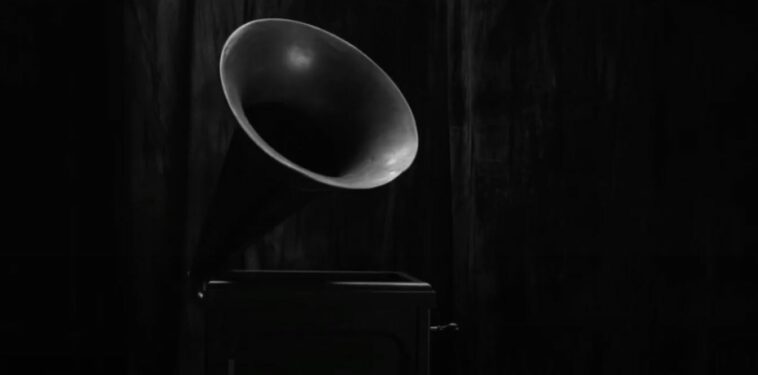Tori Amos has often been called a confessional singer and songwriter, but she’s always been more than that to her fanbase. Her body of work has acted as a poetic guide to life experiences–growing up, relationships, grief, and politics–and my personal relationship with her robust song catalog ebbs and flows like the tides as I age, grow, and reflect.
In her first book, Piece by Piece (with Ann Powers), Amos reflected on the personal experiences buoyed by her expansive spiritual beliefs and shift to motherhood which coincided with her album The Beekeeper.
Amos spent the past couple of years writing Resistance: A Songwriter’s Story of Hope, Change and Courage as a snapshot of how politics has been woven throughout her work from Little Earthquakes to Native Invader. Sadly, over the course of this period of deep introspection, Amos lost not only her longtime friend, Nancy Shanks (who Amos nicknamed Beenie) but also her mother, Mary Ellen Amos. So, the book is colored not only by past transformative experiences but also coping with fresh wounds from grief and the role that might play in her next album.
Amos calls songwriters “sonic hunters” who are continually tuning into the world around them, and she has seen much since she started playing covers in piano bars in Washington, D.C. She witnessed many a “liquid handshake” done between politicians and lobbyists. From there, the book touches on a variety of politically charged events and human rights issues, from female genital mutilation, rape and sexual assault, gay rights, 9/11, the current Trump administration, Russia, Monica Lewinsky, Anita Hill, and Christine Blasey Ford. Each chapter begins with a song, which sets the narrative tone. Then Amos discusses the direct inspiration for writing that particular song, or how that song’s meaning has morphed or deepened over time due to cultural events.
A Captivating Creative Process
Throughout the book, Amos notes that her creative process comes from listening, watching, and collecting ideas over time and how these ideas can change as the world around her changes. As a fan, I can see how she has always been plugged in and there to serve her audiences. While I have only seen her twice in concert (Strange Little Tour 2001; Native Invader Tour 2017), both shows felt like true church in the sense that we as a collective audience are there to find healing and release from whatever was going on in our personal microcosms. For instance, when I saw her in 2001, my father had been diagnosed with cancer that summer and had to undergo an intense surgery. That night, she played “Winter”, and I wept while my father sat next to me (as he had treated me to tickets to her show, and drove us three hours to the concert venue.)
Amos pushes this idea out much further, likening every concert to a time capsule, with a living setlist (which can change at a moment’s notice) so she can look back at where she was and what was happening. One such concert she reflects on was her 2014 Moscow show where she sang t.A.T.u’s “Never Gonna Get Us” in protest of Putin. She goes on to tell how the venue and her dressing room were searched before the concert was over and how this inspired her to change the encore to “Yes, Anastasia.” (Thankfully, letters from her fans were safely tucked in her bags, and she was able to read them later and better understand the current political climate of Russia.)
Amos also discusses honoring the muses that have helped her create her sonic soundscapes and pushes away the concepts of writer’s block or that artists can be barren. Instead, there is always room for creativity, but it may take time for a person to hone their skill and unique voice. As a writer, I appreciate this sentiment and find it inspiring, especially in our current world, which can feel overwhelming and paralyzing.
The heart of the prose, however, is Amos’ relationship with her mother and dealing with the loss of her and working through grief by conversing with her mother’s spirit. Listening to Amos read these chapters (via audiobook) were heart-wrenching and anyone who has lost a dear loved one may feel seen as Amos processes her raw and spiritual feelings.
The book jumps back and forth in time, which can feel jarring at times, but is actually helpful if you’re looking to savor and meditate on the moments linked to each song. I listened to the audiobook over a few days. The material is as dense and nuanced as Amos’ songs, so I recommend pouring a nice glass of red wine as you read or listen. (Her Mushroom Magic Stew is a lush accompaniment as well if you’re on a quarantine cuisine kick like me.)
But in the end, it’s “the girls” or the songs we come back to, and now I’m enjoying listening to these songs in a brighter, different light. Thank you, Tori Amos, for your thoughtful discourse and for never being “silent all these years.”

